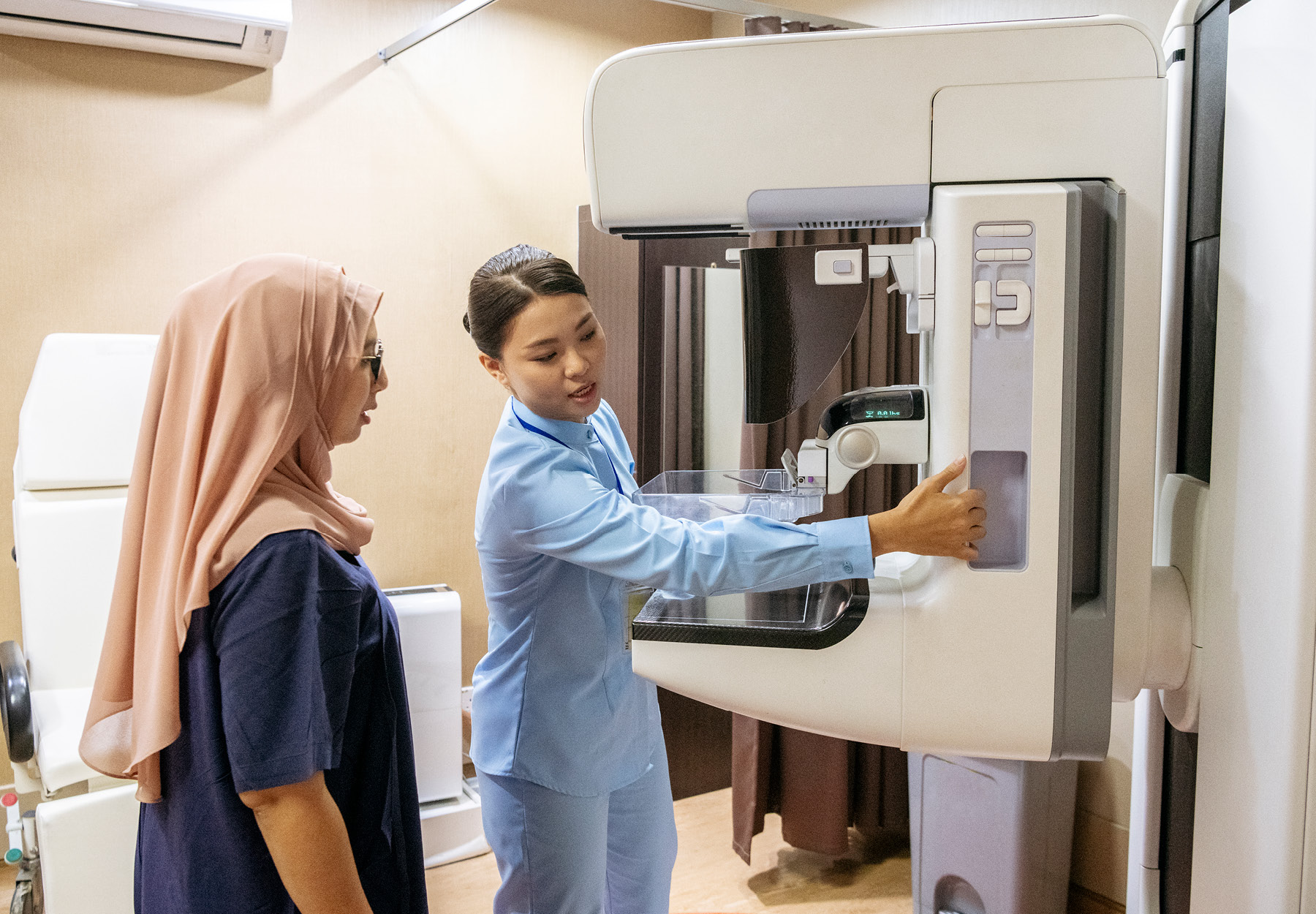Plugging Current Gaps in Cancer Screening Will Save Lives
COVID-19 is the curse that just keeps on giving. Countless numbers of people have put off cancer screenings as a result of the pandemic, and that may lead to a significant increase in cancer-related deaths in the coming years. That is the sobering conclusion of a new report released by the President’s Cancer Panel on Feb. 3. Cancer Screening Underutilization Improvements in early detection and treatment, coupled with reductions in smoking, have prevented an estimated 3.2 million cancer deaths in the US since 1991, according to the report from the panel, which was established in 1971 to monitor the progress of the National Cancer Program (NCP). However, too many people are still dying, with over 600,000 cancer deaths expected in 2021. In addition to the human toll, cancer deaths cost the US over $90 billion per year in lost earnings. One reason that cancer remains a major problem is that screening has been underutilized, both before and during the pandemic. Focusing on the four cancers—breast, cervical, colorectal, and lung—for which the U.S. Preventive Services Task Force (USPSTF) recommends screening for eligible individuals, the report describes “significant gaps between recommended screening and screening uptake.” Source: President’s Cancer Panel, “Closing Gaps in […]

Subscribe to Clinical Diagnostics Insider to view
Start a Free Trial for immediate access to this article